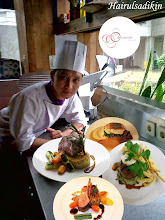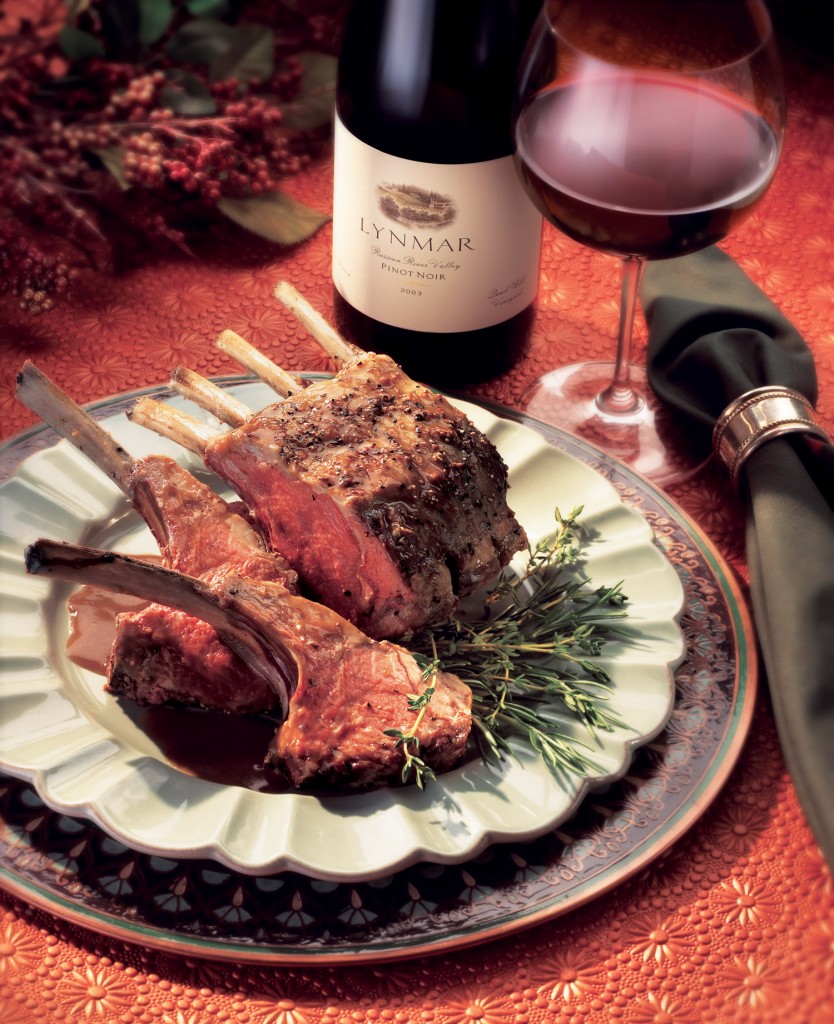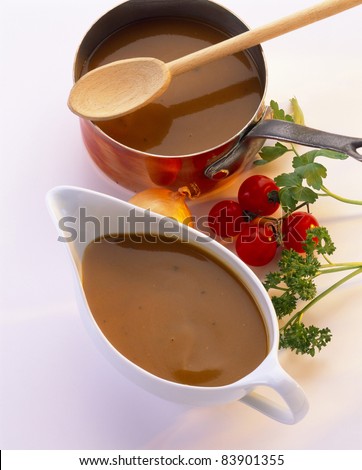(the constituent that makes it sour). Vinegar has been used for centuries for everything from beverages (like shrubs), to an
, to a hair rinse and softener. There are myriad vinegar varieties found in markets today, and the following are among the most commonly available.
Vinegar is made from alcohol. The alcohol is converted to full strength vinegar through fermentation, This full strength vinegar is then diluted with water to achieve the 5% acidity that is generally preferred for cooking and table use.
. It's produced from
. It should be noted that many balsamic vinegars contain sulfites, which are primarily added to inhibit the growth of unfavorable flavor-detracting bacteria. Balsamic vinegars range in age from young (3 to 5 years), to middle-aged (6 to 12 years) to the noble older versions, which can range from 12 to over 100 years old. By law, a vinegar labeled
must have been wood-aged for a minimum of 12 years. The word
on the label tells you the balsamic's been aged at least 25 years. Older, high-quality balsamics are sometimes used as an aperitif or digestif after a meal
 3).White balsamic vinegar
3).White balsamic vinegar also comes from
Modena,
Italy, but is made by an entirely different process than classic balsamic vinegar. The grape undergoes pressurized cooking, which prevents the caramelization of both flavor and color. White balsamic vinegar is aged only 1 year in uncharred barrels, further assuring both color and flavor will remain light. It's used in food preparations where additional color is not desired. France gives us
Banyuls vinegar (
le vinaigre de Banyuls), which hails from the area around the seaside town of Banyuls-sur-Mer, a region wine lovers know for its unusual fortified wines. Comparing favorably with Italian balsamic vinegars and aged Spanish sherry vinegars, Banyuls begins life as one of the local wines (typically grenache) and spends five years or more maturing in oak barrels. During the final year of aging, vinegar from an older batch is added to trigger the ultimate conversion from wine to vinegar. The result is a tart blend replete with complex aromas of allspice, anise, nuts and vanilla. From the area of southern Spain around Jerez de la Frontera comes not only sherry but aged
sherry vinegar as well. Like balsamic vinegar, some sherry vinegars are aged for years—30, 50 or even 75. And though not as well known as balsamic vinegars, these aged Spanish vinegars rival many of their Italian counterparts in quality, flavor and character. Vinegar is essential in making pickles, mustards and vinaigrettes. It adds a jolt of flavor to numerous sauces, marinades and dressings, and to preparations such as sauerbraten, sweet-and-sour dishes and marinated herring. It's also widely used as a table condiment in many cultures. Vinegar should be stored airtight in a cool, dark place. Unopened, it will keep indefinitely; once opened it can be stored for about six months.
4). Malt vinegar is a mellow-flavored favorite in
Britain, particularly with
fish and chips. It's based on malted barley and sometimes colored with caramel.
5). Rice vinegar, made from
fermented rice, is mild, slightly sweet and used widely in
Japanese and
Chinese cooking. It's a key element in dishes such as
sushi.
 6). sherry vinegar
6). sherry vinegar as well. Like balsamic vinegar, some sherry vinegars are aged for years—30, 50 or even 75. And though not as well known as balsamic vinegars, these aged Spanish vinegars rival many of their Italian counterparts in quality, flavor and character. Vinegar is essential in making pickles, mustards and vinaigrettes. It adds a jolt of flavor to numerous sauces, marinades and dressings, and to preparations such as sauerbraten, sweet-and-sour dishes and marinated herring. It's also widely used as a table condiment in many cultures. Vinegar should be stored airtight in a cool, dark place. Unopened, it will keep indefinitely; once opened it can be stored for about six months.
 7).Wine vinegars
7).Wine vinegars can be made from either red or white wine and can range in flavor from pleasantly pungent to rather ordinary. Two of the most highly regarded vinegar styles come from Italy and France. Fro
Herb Vinegar
8).
Herb vinegars are made by steeping fresh herbs in warm vinegar for a period of time until the vinegar is completely infused with the ingredient's flavor. Such vinegars may be based on a single herb (such as tarragon) or a combination of herbs and other flavorings (such as oregano and garlic)
FAVORITE COMBINATIONS:
Rosemary in everything
Parsley, Sage, Rosemary and Thyme
Tarragon and Garlic
Dill, Garlic and dried red peppers
Basil, Garlic, and dried red peppers
Opal Basil with white wine vinegar turns it pink
Pineapple Sage blossoms with white wine vinegar turns it reddish
Pineapple Sage, ginger, cranberries, and garlic
Pineapple Sage, spearmint, and lemon thyme
Lemon thyme and sage
READY, SET, GO
Take the prepared bottle, add all the spices first. Next put in garlic skewer (garlic can be dropped in bottom without skewer).
Add fresh herbs, leaving the parsley for last (it's great for holding down any floating spices). To arrange the fresh herbs, use a long bamboo skewer as a tool.
Finish by adding your favorite vinegar. Fill to 1/2 inch of the top and push stopper in 1/2 way.
Let set 24 hours and then refill again (the herbs and spices will soak up some of the vinegar). It's now ready and can be used right away.
The flavor will become stronger as it sits. After using, refill with vinegar right away and most will last 6 to 8 months. (plant material must remain covered with vinegar). fruit Vinegar
9).Fruit vinegars come in a bevy of flavors made from the juice of various fruits including raspberries, mangos and oranges
10).Distilled white vinegar (or simply
distilled vinegar) is exceedingly high in acetic acid and is very sour and rather harsh-tasting. It's often made from a grain-alcohol base.
11).Herb vinegars are made by steeping fresh herbs in warm vinegar for a period of time until the vinegar is completely infused with the ingredient's flavor. Such vinegars may be based on a single herb (such as tarragon or a combination of herbs and other flavorings (such as oregano and garlic).
Malt vinegar is a mellow-flavored favorite in Britain, particularly with fish and chips. It's based on malted barley and sometimes colored with caramel.







.jpg)










































